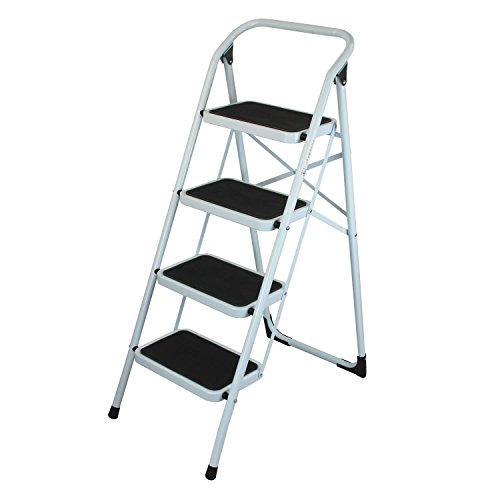Understanding the Most Common Ladder Injuries
When it comes to performing tasks that require height, ladders are a valuable tool. However, they also pose a significant risk if not used properly. Ladder injuries are a common occurrence, leading to thousands of emergency room visits every year. Understanding the most common ladder injuries can help you take steps to prevent them and stay safe.
Falls from Ladders
One of the most common ladder injuries is falling from a ladder. This can occur due to various reasons, such as losing balance, slipping, or the ladder itself collapsing. Falls from ladders can result in severe injuries, including broken bones, head trauma, and spinal cord injuries. Many of these injuries are caused by non-compliance with ladder safety guidelines, such as using an unstable or damaged ladder, overreaching, or not maintaining three points of contact.
Muscle strains and sprains
Ladder-related injuries also extend beyond falls. Climbing and working on ladders can put significant strain on muscles and joints, leading to strains and sprains. These injuries often occur when individuals attempt to carry heavy objects while on a ladder, use improper climbing techniques, or work in awkward positions for extended periods. Muscles and joints in the legs, back, arms, and shoulders are most commonly affected by these types of injuries.
Cuts and bruises
While falls and strains make up the majority of ladder injuries, cuts and bruises are also prevalent. These injuries can occur when individuals come into contact with sharp or protruding objects while climbing or descending ladders. The risk of cuts and bruises can be reduced by wearing appropriate protective equipment, such as gloves, and ensuring the ladder and surrounding environment are free from any potential hazards.
Electrocution and shock
Working with ladders near live electrical cables or equipment poses a significant risk of electrocution and electrical shock. Ladder-related electrocution can occur if an individual’s body or the ladder itself comes into contact with live wires. This can lead to severe injury or even death. It is essential to avoid using metal ladders near electrical sources and to be highly vigilant when working in areas with potential electrical hazards.






